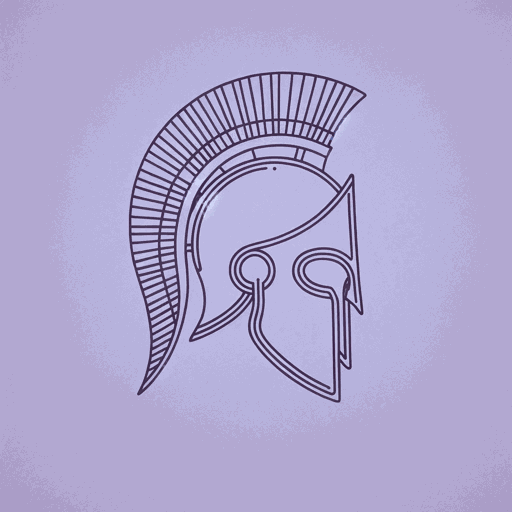74 pages • 2 hours read
Madeline MillerCirce
Fiction | Novel | Adult | Published in 2018A modern alternative to SparkNotes and CliffsNotes, SuperSummary offers high-quality Study Guides with detailed chapter summaries and analysis of major themes, characters, and more. For select classroom titles, we also provide Teaching Guides with discussion and quiz questions to prompt student engagement.
Pre-Reading Context
Use these questions or activities to help gauge students’ familiarity with and spark their interest in the context of the work, giving them an entry point into the text itself.
Short Answer
1. Brainstorm a list of 5-8 Greek myths. What story qualities do they have in common? What are their major differences?
Teaching Suggestion: This is a good opportunity to talk about oral tradition and the ways in which myths in general are shaped by the societies that retell them. In Circe, Miller gives the witch a new life and identity, reinterpreting her story for a new audience.
- Encyclopedia Britannica provides a useful list of figures from Greek mythology.
- LitHub compiled a list of other examples of reinterpreted myths written by female writers, including the novel The Penelopiad by Margaret Atwood and the album Hadestown by Anais Mitchell.
2. What makes a good villain? Why is having a good villain an important part of a story?
Teaching Suggestion: Traditionally, Circe has been seen as a villain who is outsmarted by the hero Odysseus in The Odyssey. Thinking about villains and discussing why villains are both interesting and necessary provides some opening context for reimagining Circe’s story.
Related Titles
By Madeline Miller



